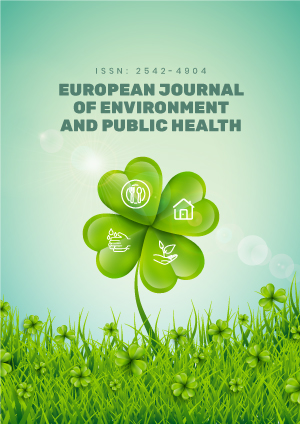Abstract
Purpose: This study was conducted to investigate the socioeconomic determinants of tuberculosis (TB) in Nigeria. The prevalence of TB in Nigeria in recent years has been on thunderous increase, and this has led to poor health outcome and dwindled economic growth. Nigeria government has put different measures to stop the prevalence of TB in Nigeria, but it seems their efforts are fruitless. This situation becomes a great challenge to the people and the government. These facts motivated this study to empirically investigate socioeconomic factors/determinants which may have been related to TB continuous prevalence despite the government efforts to stop its menace in Nigeria.
Design/methodology/approach: This study used auto regressive distributed lag (ARDL) model for its design and methodology. Unit root test was conducted at the initial stage which led to the decision of using the ARDL model. The ARDL bound test, coefficient test, error correction model, and diagnostic test were conducted. The data used in this study is annual secondary data ranging from 1985 to 2018. The data were sourced from a reliable means.
Findings: This study finding shows that there are socioeconomic determinants/factors which related to TB and can control the prevalence of TB in Nigeria. Socioeconomic determinants like income, education, savings, and final consumption expenditure (FCE) were used in this study and they showed a positive relationship with TB. It was only savings and FCE that were significant at 5% and 10%, respectively proving that increase in savings and FCE leads to increase in TB prevalence in Nigeria, which simply implies that people should stop savings in order to fight, control and reduce TB prevalence. Secondly, when FCE is increased meaning no money left to spend to curtail TB, then TB prevalence will increase. Income and education were not significant with TB because savings and FCE are components of income, and they were used in the study. Increase in education may lead to increase in TB prevalence because of the nature of TB transmission from one person, one place to another.
License
This is an open access article distributed under the Creative Commons Attribution License which permits unrestricted use, distribution, and reproduction in any medium, provided the original work is properly cited.
Article Type: Research Article
EUR J ENV PUBLIC HLT, Volume 7, Issue 1, 2023, Article No: em0126
https://doi.org/10.29333/ejeph/12449
Publication date: 01 Jan 2023
Online publication date: 09 Sep 2022
Article Views: 2966
Article Downloads: 3598
Open Access References How to cite this article
 Full Text (PDF)
Full Text (PDF)